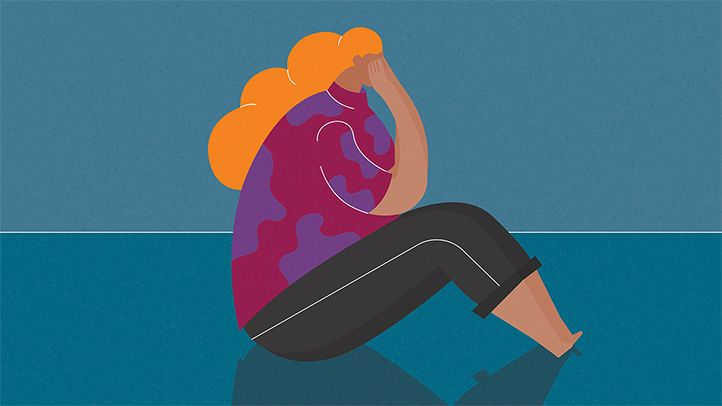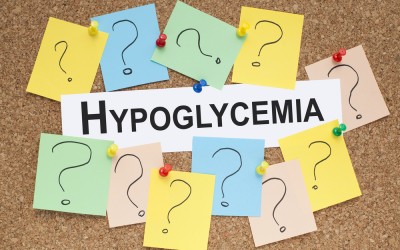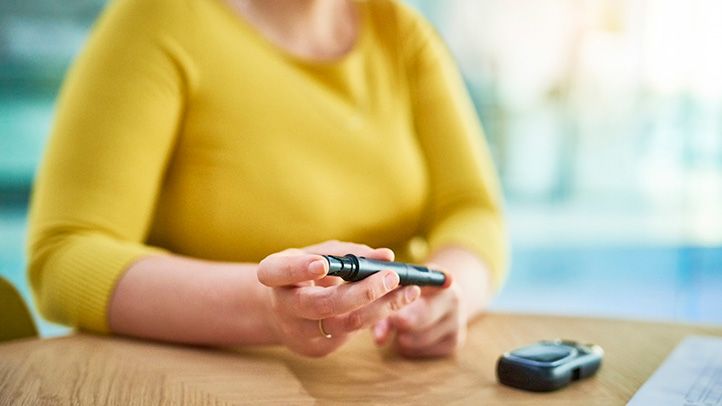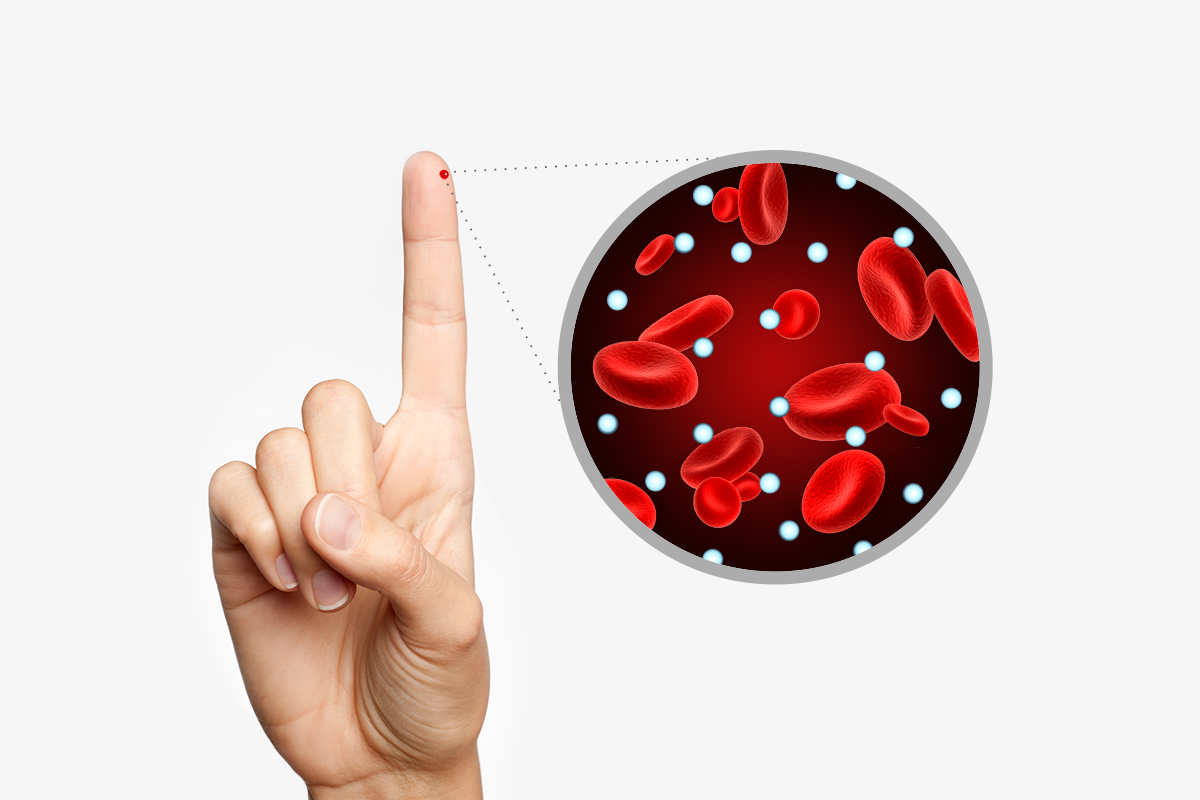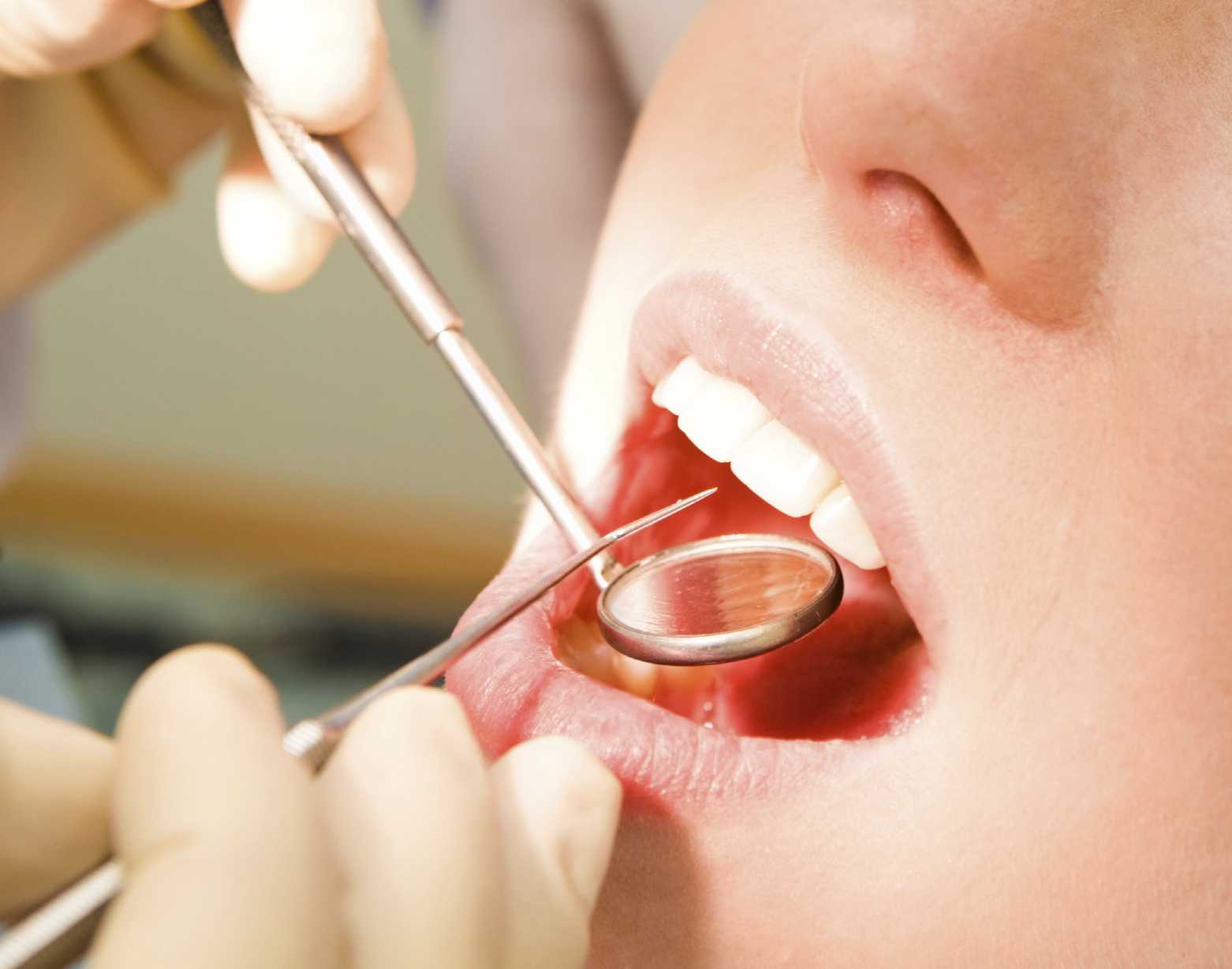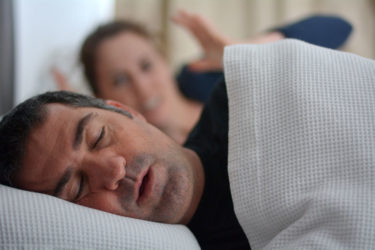Uncontrolled diabetes can control your health. Help prevent these serious diabetes complications by learning the warning signs.
People with type 2 diabetes are at increased risk of many serious health problems, including heart attack, stroke, vision loss, and amputation. But by keeping your diabetes in check — that means maintaining good blood sugar control — and knowing how to recognize a problem and what to do about it should one occur, you can prevent many of these serious complications of diabetes.
Heart Attack
Heart disease and stroke are the top causes of death and disability in people with diabetes. If you experience any of the following heart attack warning signs, call doctor immediately:
Chest discomfort that feels like pressure, squeezing, fullness, or pain in the center of your chest, lasting for a short time or going away and returning
Pain elsewhere, including the back, jaw, stomach, or neck; or pain in one or both arms
Shortness of breath
Nausea or lightheadedness
Heart attack symptoms may appear suddenly or be subtle, with only mild pain and discomfort.
Stroke
Stroke warning signs may include:
Sudden numbness or weakness in the face, arm, or leg, especially if it occurs on one side of the body
Feeling confused
Difficulty walking and talking and lacking coordination
Developing a severe headache for no apparent reason
If you suddenly experience any of these stroke symptoms, call doctor immediately. As with a heart attack, immediate treatment can be the difference between life and death.
Nerve Damage
People with diabetes are at increased risk of nerve damage, or diabetic neuropathy, due to uncontrolled high blood sugar. As a result, various foot and skin problems can occur, including:
Foot problems. Nerve damage associated with type 2 diabetes can cause a loss of feeling in your feet, which makes you more vulnerable to injury and infection. You may get a blister or cut on your foot that you don’t feel and, unless you check your feet regularly, an infection can develop. Untreated infections can result in gangrene (death of tissue) and ultimately amputation of the affected limb.
Skin problems. Diabetes can make it more difficult for your body to fight infections, causing skin problems. Various skin conditions are linked to diabetes, and even the most minor cuts or sores can turn serious fast. Any bumps, cuts, or scrapes should be cleaned and treated with an antibiotic cream and monitored carefully.
If you notice any of the following symptoms, see your doctor:
Inflammation and tenderness anywhere on your body
Red, itchy rash surrounded by small blisters or scales
Cuts, sores, or blisters on your feet that are slow to heal and are not as painful as you would expect
Numbness, tingling, or burning sensations in your hands or feet, including your fingers and toes
Sharp pain that gets worse at night
Muscle weakness that makes walking difficult
Bladder infections and problems with bladder control
Bloating, stomach pain, constipation, nausea, vomiting, or diarrhea
Erectile dysfunction in men and vaginal dryness in women
Kidney Disease
Type 2 diabetes increases your risk of kidney disease, or diabetic nephropathy, a condition in which the blood vessels in your kidneys are damaged to the point that they cannot filter out waste properly. If left untreated, dialysis (a treatment to filter out waste products from the blood) and ultimately a kidney transplant may be needed.
Typically, you won’t notice symptoms of kidney disease until it has advanced. However, if you experience any of the following symptoms, tell your doctor:
Swelling in your ankles and legs
Leg cramps
A need to go to the bathroom more often at night
A reduction in your need for insulin
Nausea and vomiting
Weakness and paleness
Itching
The best way to prevent type 2 diabetes-related kidney problems is to have your urine, blood, and blood pressure monitored regularly and to keep your blood sugar and blood pressure under control.
Eye Problems
People with type 2 diabetes are at risk of several eye conditions, including diabetic retinopathy (which affects the blood vessels in the eye), glaucoma, and cataracts. If left untreated, these conditions can cause vision loss.
Call your doctor if you notice any of these warning signs:
Blurry vision that lasts for more than two days
Sudden loss of vision in one or both eyes
Floaters, black or gray spots, cobwebs, or strings that move when you move your eyes
A sensation of seeing “flashing lights”
Pain or pressure in one or both eyes
Hyperglycemia
Hyperglycemia means you have too much sugar in your blood. High blood sugar doesn’t always produce symptoms; therefore, it is important to check your blood sugar regularly, as indicated by your doctor. When symptoms of hyperglycemia occur, they may include:
Frequent urination
Extreme thirst
Feeling tired and weak
Blurry vision Feeling hungry even after eating
If you frequently have high blood sugar, tell your doctor. He or she may need to make changes to your medication and suggest diet and lifestyle modifications to help you gain and maintain better blood sugar control.
The key to preventing many of the complications of diabetes is to keep your blood sugar at a healthy level. To do this, eat right, exercise, monitor your blood sugar as recommended by your doctor, and don’t smoke.
Report any unusual signs or symptoms to your doctor. Together you can work to prevent these diabetes-related health complications.

